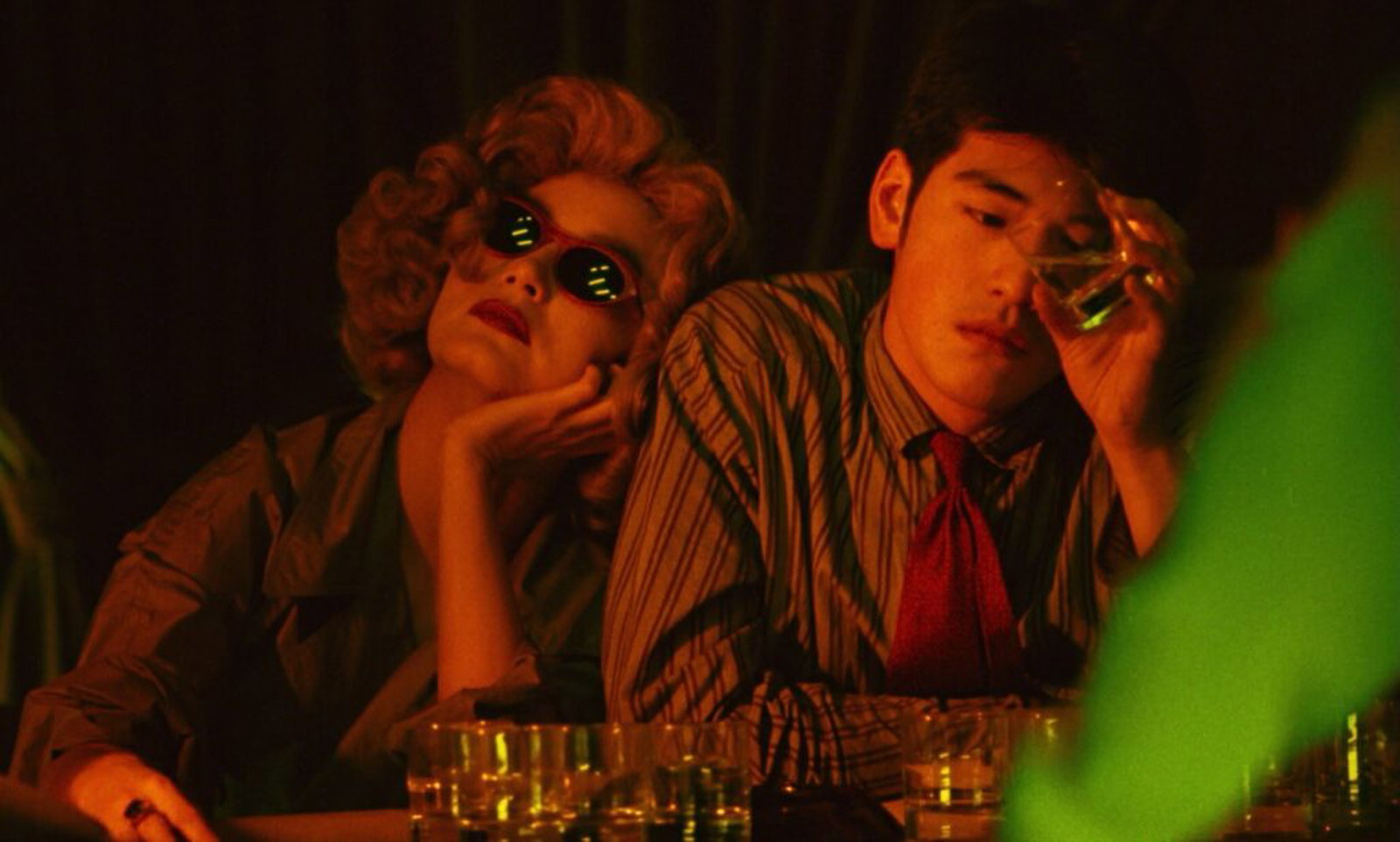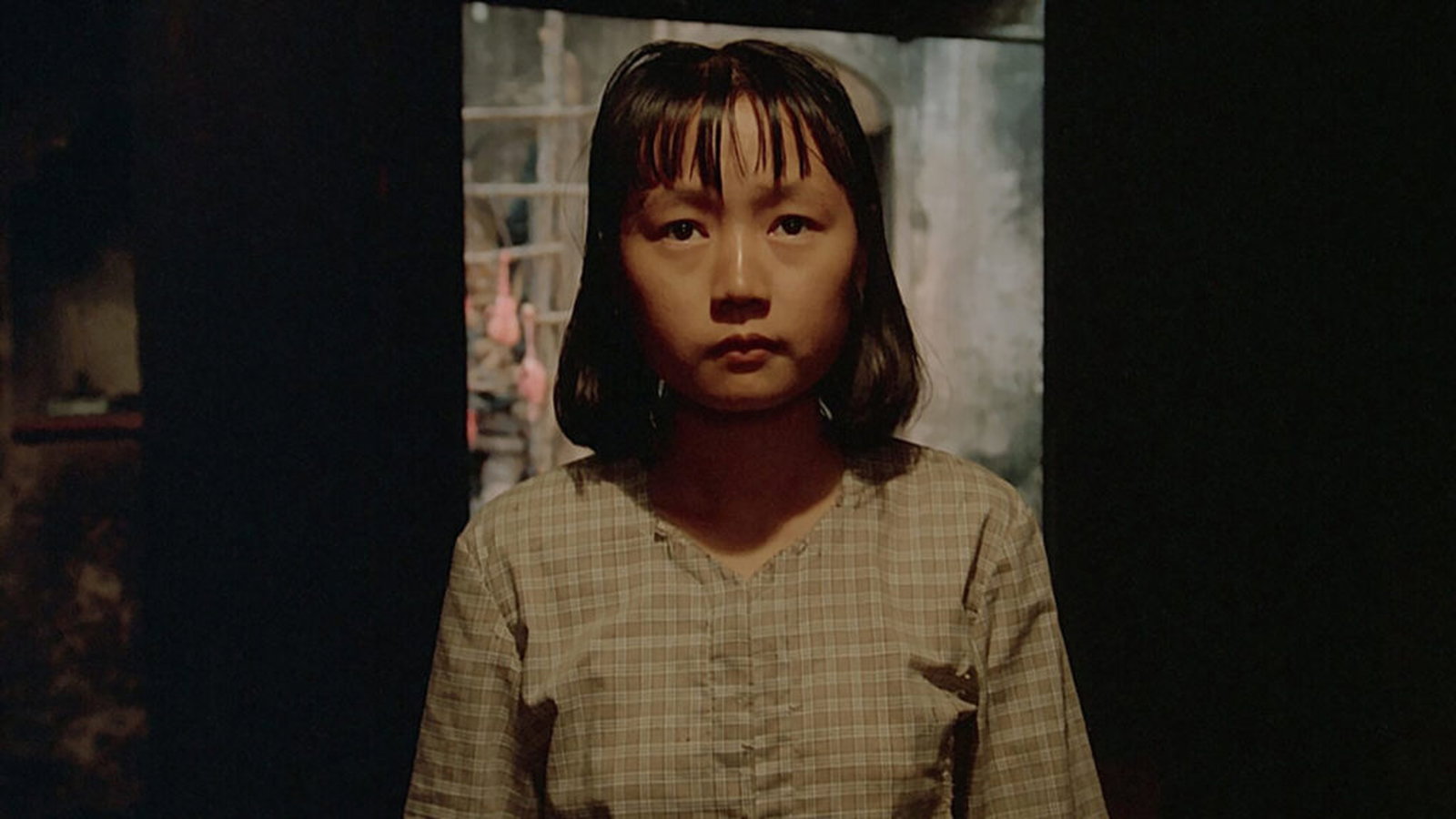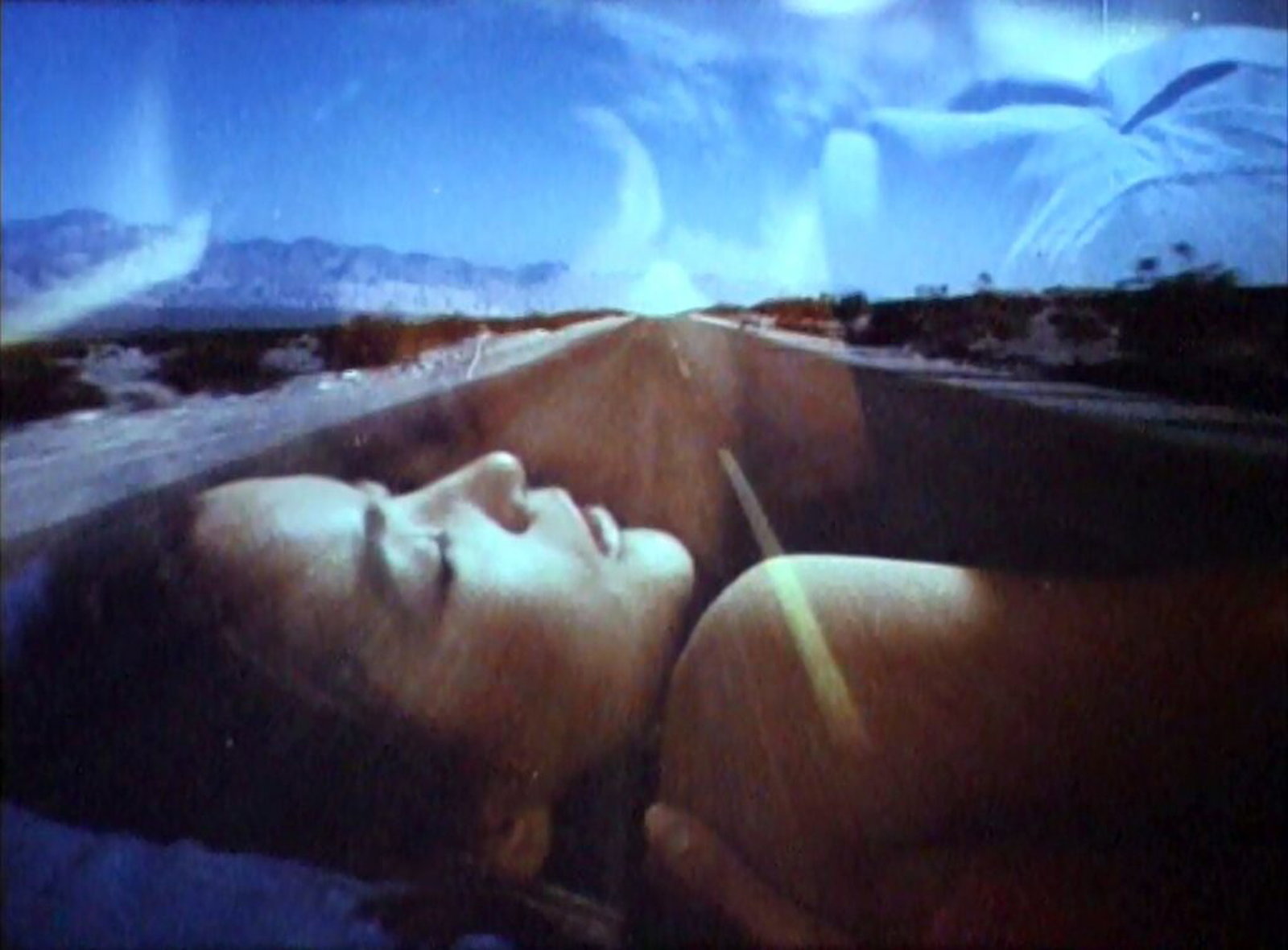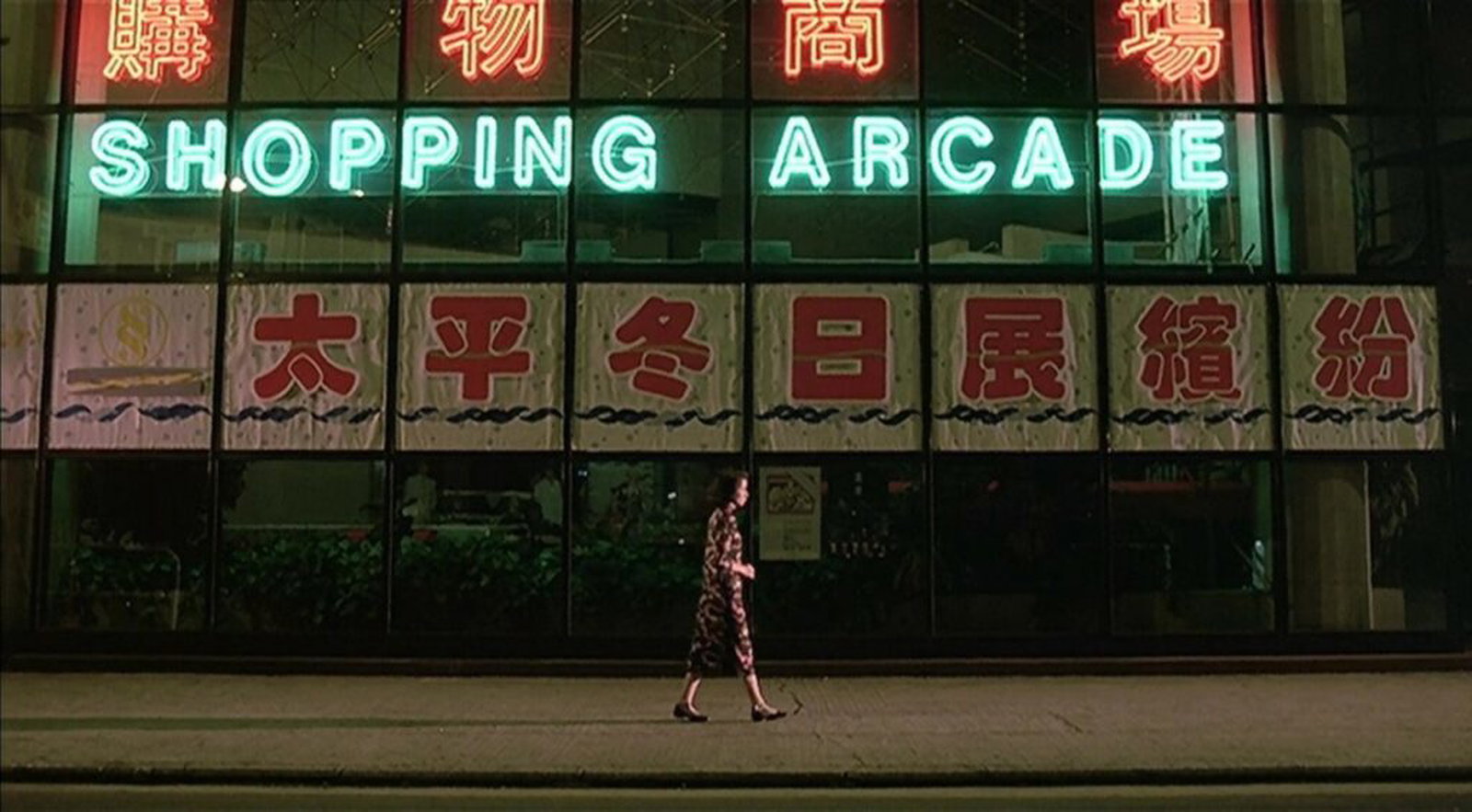The Hong Kong New Wave cinema movement was a film renaissance that took place in the late 1970s and 1980s. This era saw a surge of creativity and innovation in Hong Kong cinema, challenging traditional narratives and techniques. The movement encompassed a wide range of genres, from gritty crime thrillers to martial arts films, all united by a fresh, bold approach to storytelling.
The impact of the Hong Kong New Wave on global cinema cannot be overstated. Directors like Wong Kar-wai, Ann Hui, and Tsui Hark became international sensations, their unique styles and themes resonating with audiences around the world. The movement’s influence can still be felt today, with filmmakers across the globe drawing inspiration from the Hong Kong New Wave’s aesthetics and emotional depth.
This article will delve into the various facets of the Hong Kong New Wave, examining its origins, key players, iconic films, and lasting legacy. By exploring the socio-political context, influential directors, groundbreaking techniques, and the movement’s evolution through the Second Wave, we will paint a comprehensive picture of this moment in cinematic history and its lasting impact on the film world.

Table of Contents
Precursors to the Hong Kong New Wave
The late 1970s was a time of significant change in Hong Kong, with the looming handover to China in 1997 creating a sense of uncertainty and urgency. This socio-political climate proved fertile ground for a new generation of filmmakers eager to express themselves and challenge the status quo. The Hong Kong New Wave emerged as a response to these turbulent times, reflecting the hopes, fears, and dreams of a society in transition.
The young directors of the Hong Kong New Wave drew inspiration from a diverse range of international cinematic movements, particularly the French New Wave and New Hollywood. They were captivated by the bold experimentation and personal expression of these foreign films, which stood in stark contrast to the formulaic nature of much of Hong Kong cinema at the time. By incorporating these influences into their own work, they created a unique fusion of East and West that would become a hallmark of the movement.
Advances in technology played a crucial role in shaping the Hong Kong New Wave. The availability of synchronous sound recording and lightweight, handheld cameras allowed directors to break free from the constraints of the studio system and capture the vibrant energy of the city streets. These tools enabled a new level of realism and intimacy in Hong Kong films.
The Rise of the Hong Kong New Wave (1979-1989)
The First Wave of the Hong Kong New Wave was led by a group of daring young filmmakers who had studied abroad and returned to Hong Kong with fresh perspectives and a burning desire to make their mark. Directors like Ann Hui, Tsui Hark, and Patrick Tam brought a new level of artistry and experimentation to Hong Kong cinema, pushing the boundaries of what was possible in terms of both style and substance.
Ann Hui, often considered the godmother of the Hong Kong New Wave, is renowned for her socially conscious dramas that explore the lives of ordinary people caught up in extraordinary circumstances. “Boat People” (1982) is a powerful, deeply moving drama that explores the plight of Vietnamese refugees in the aftermath of the Vietnam War. The film follows a Japanese photojournalist as he documents the lives of the refugees, with Hui using his journey to expose the harsh realities of life in post-war Vietnam.
“The Secret” (1979) and “The Spooky Bunch” (1980), are known for their nuanced exploration of social issues and their deep compassion for their characters. Hui’s work often focuses on the struggles of women and the working class, giving voice to those who had long been marginalized in Hong Kong society.

Key Directors of the First Wave
Tsui Hark’s “Dangerous Encounters of the First Kind” (1980) is a seminal work of the Hong Kong New Wave, a film that combines the director’s signature blend of genres with a searing social commentary. The film follows a group of disillusioned youth as they embark on a crime spree across Hong Kong, with Hark using their story to explore the alienation and despair of a generation coming of age in a rapidly changing society.
“A Better Tomorrow” series, revolutionized the action genre with his kinetic, hyper-stylized approach. His films, such as “The Butterfly Murders” (1979) and “Peking Opera Blues” (1986), blend genres with wild abandon, mixing martial arts, comedy, and melodrama in a dizzying, exhilarating style all his own.
Patrick Tam, meanwhile, brought a new level of psychological depth and complexity to Hong Kong cinema with his haunting, enigmatic and poetic beauty. His films, such as “Love Massacre” (1981) and “Nomad” (1982), are marked by their dreamlike atmosphere and their complex, often ambiguous characters. Tam’s work often deals with themes of identity, memory, and the blurring of reality and illusion, making him one of the most fascinating and enigmatic figures of the Hong Kong New Wave.
Allen Fong’s “Father and Son” (1981) is a poignant, beautifully crafted drama that explores the generational divide between a traditional father and his modernized son. The film is a masterful portrait of a family in transition, with Fong using the story to explore the larger social and cultural changes sweeping through Hong Kong in the early 1980s. “Father and Son” is a prime example of the Hong Kong New Wave’s ability to tell intimate, personal stories that speak to universal themes.
The films of the First Wave were marked by their diversity and originality, each director bringing their own unique voice and vision to the table. From the gritty realism of Hui’s “Boat People” to the mind-bending fantasy of Hark’s “Zu Warriors from the Magic Mountain,” the Hong Kong New Wave. What united these films was a willingness to take risks and push the boundaries of what was possible in Hong Kong cinema.

The Second Wave (1984-1997)
As the Hong Kong New Wave entered its second decade, a new generation of filmmakers emerged, building on the groundbreaking work of their predecessors while pushing the movement in new and exciting directions. Directors like Wong Kar-wai, Stanley Kwan, and Clara Law brought a fresh perspective to Hong Kong cinema, infusing the New Wave with a new level of artistic ambition and complexity.
The films of the Second Wave were marked by their daring experimentation with form and content, with directors like Wong Kar-wai and Stanley Kwan pushing the boundaries of cinematic language and narrative structure. From the fragmented, dreamlike poetry of Wong’s “Chungking Express” (1994) to the lush, operatic romance of Kwan’s “Rouge” (1988), the Second Wave represented artistic sophistication for Hong Kong cinema.
The Second Wave also saw the emergence of a new generation of actors and actresses, many of whom would go on to become major stars in their own right. From the smoldering intensity of Leslie Cheung to the effortless cool of Tony Leung Chiu-wai, these performers brought depth and charisma to the screen, helping to redefine the very idea of what a Hong Kong movie star could be.

Legacy and Continued Influence
The impact of the Hong Kong New Wave on contemporary cinema cannot be overstated. From the stylized action of Quentin Tarantino to the neon-soaked romance of Sofia Coppola, the movement’s influence can be seen in the work of filmmakers around the world. Directors like Johnnie To and Fruit Chan have carried on the New Wave’s legacy in Hong Kong, while international auteurs like Wong Kar-wai and John Woo have become global sensations in their own right.
The Hong Kong New Wave’s impact can also be felt in the way it redefined the very idea of what Hong Kong cinema could be. The movement opened up new possibilities for filmmakers and audiences alike, paving the way for a more diverse, adventurous, and personally expressive cinema. From the gritty crime dramas of the 1980s to the lush romances of the 1990s and beyond, the Hong Kong New Wave has left a mark on the city’s cinematic landscape.
Perhaps most importantly, the Hong Kong New Wave has come to be seen as a vital part of Hong Kong’s cultural heritage, the city’s resilience, creativity, and unique identity. In a time of great political and social upheaval, the movement provided a powerful outlet for the hopes, fears, and dreams of a generation, and its legacy continues to inspire and provoke to this day. As Hong Kong continues to navigate its complex relationship with mainland China, the films of the New Wave remain a potent reminder of the city’s proud history of cultural resistance and artistic innovation.
Conclusion
The Hong Kong New Wave was a truly remarkable moment in the history of cinema, a time when a group of young, daring filmmakers came together to challenge the status quo and redefine what was possible in Hong Kong film. From the gritty realism of Ann Hui to the stylized action of Tsui Hark, the movement encompassed a wide range of styles and genres, united by a shared commitment to artistic innovation and personal expression.
Through their groundbreaking use of on-location shooting, synchronous sound, and handheld cinematography, the directors of the New Wave brought a new level of authenticity and immediacy to Hong Kong cinema, capturing the vibrant energy and raw beauty of the city in a way that had never been done before. At the same time, their daring experimentation with form and content pushed the boundaries of what was possible in terms of cinematic language and narrative structure, paving the way for a more artistically ambitious and psychologically complex cinema.
Today, the legacy of the Hong Kong New Wave continues to inspire and provoke, with its influence felt in the work of filmmakers around the world. From the neon-soaked streets of Hong Kong to the art houses of Europe and beyond, the movement’s bold, uncompromising vision remains a vital part of our cinematic landscape, a testament to the enduring power of personal expression and artistic innovation. As we look to the future of Hong Kong cinema, we can only hope that the spirit of the New Wave will continue to guide and inspire us, reminding us of the transformative power of film to challenge, provoke, and inspire.
Hong Kong New Wave Films – First Wave
- The Butterfly Murders (1979)
- We’re Going to Eat You (1980)
- Dangerous Encounters of the First Kind (1980)
- The Secret (1979)
- Boat People (1982)
- The Spooky Bunch (1980)
- The Story of Woo Viet (1981)
- Love in a Fallen City (1984)
- The Romance of Book and Sword (1987)
- Princess Fragrance (1987)
- Song of the Exile (1990)
- Homecoming (1984)
- Love Massacre (1981)
- The Sword (1980)
- Nomad (1982)
- Final Victory (1987)
- My Heart Is That Eternal Rose (1989)
- Father and Son (1981)
- Ah Ying (1983)
- The Imp (1981)
- Legacy of Rage (1986)
- Casino Raiders (1989)
- A Better Tomorrow (1986)
- A Better Tomorrow II (1987)
- The Killer (1989)
- Bullet in the Head (1990)
- As Tears Go By (1988)
- Days of Being Wild (1990)
- Once Upon a Rainbow (1982)
- An Autumn’s Tale (1987)
- Rouge (1987)
Hong Kong New Wave Films – Second Wave
- In the Mood for Love (2000)
- Chungking Express (1994)
- An Autumn’s Tale (1987)
- Farewell China (1990)
- Love Unto Waste (1986)
- Rouge (1987)
- Made in Hong Kong (1997)
- The Longest Summer (1998)
- Comrades: Almost a Love Story (1996)
- Cageman (1992)
- As Tears Go By (1988)
- Days of Being Wild (1990)
- Center Stage (1991)
- Century of Cinema – Naamsaang-neuiseung (1998)
- Little Cheung (1999)
- Durian Durian (2000)
- Hollywood Hong Kong (2001)
- Public Toilet (2002)
- The Reincarnation of Golden Lotus (1989)
- Temptation of a Monk (1993)
- Who’s the Woman, Who’s the Man (1996)
- Alan & Eric: Between Hello and Goodbye (1991)
- Fallen Angels (1995)
- Happy Together (1997)
- 2046 (2004)
- The Illegal Immigrant (1985)
- Eight Taels of Gold (1989)
- He’s a Woman, She’s a Man (1994)
- Twelve Nights (2000)
What defines the Hong Kong New Wave film movement?
The Hong Kong New Wave film movement, which emerged in the late 1970s and 1980s, is defined by its bold experimentation, innovative techniques, and fresh approach to storytelling. Directors challenged traditional narratives and conventions, focusing on realistic themes, location shooting, and a blend of genres. They brought a new level of artistry and personal expression to Hong Kong cinema, reflecting the social, political, and cultural changes of the time.
Key characteristics include:
– Portrayal of the rapidly changing urban landscape of Hong Kong
– Emphasis on urban realism and the lives of ordinary people
– Exploration of social and political issues through narrative
– Rejection of traditional filmmaking conventions in favor of experimentation
– Introduction of new directors and innovative cinematic approaches
What are the characteristics of New Wave movies?
New Wave movies, such as those of the French New Wave (Nouvelle Vague) and Hong Kong New Wave, are characterized by their unconventional style, daring content, and rejection of traditional filmmaking norms.
These films often feature:
– Experimental techniques in cinematography, editing, and storytelling
– Departure from established cinematic conventions
– Focus on realism and location shooting
– Exploration of complex themes, social issues, and political commentary
– Emphasis on director’s personal vision and artistic expression
– Iconoclastic spirit challenging the status quo of the film industry
– Blend of genres and influence from international cinematic movements
During which time period were Hong Kong New Wave films prominent?
Hong Kong New Wave films were most prominent during the late 1970s and 1980s. The movement is generally divided into two waves:
– The First Wave (1979-1984): This period marked the emergence of the movement, with directors like Ann Hui, Tsui Hark, and Patrick Tam leading the way in redefining Hong Kong cinema.
– The Second Wave (1984-1997): The Second Wave saw the rise of new directors such as Wong Kar-wai, Stanley Kwan, and Clara Law, who further pushed the boundaries of Hong Kong cinema, gaining international recognition and critical acclaim. The Hong Kong New Wave had a significant impact on the city’s filmmaking industry, introducing innovative approaches and reshaping the cinematic landscape.
How does Hong Kong’s second wave differ from its earlier cinema?
Hong Kong’s Second Wave cinema, which emerged in the mid-1980s, differs from earlier Hong Kong films in several key aspects:
– Greater artistic ambition and experimentation with form and content
– Increased focus on psychological depth, complex characters, and emotional resonance
– More personal, introspective, and auteur-driven storytelling
– Refined visual aesthetics, innovative cinematography, and bold editing techniques
– Heightened international recognition, critical acclaim, and global influence
– Continued evolution and pushing of boundaries in Hong Kong cinema
– Exploration of themes such as identity, memory, and the urban experience While the – First Wave laid the groundwork for the Hong Kong New Wave, the Second Wave directors further elevated the movement, creating a more sophisticated, globally acclaimed, and influential cinema that left a lasting impact on the film industry.